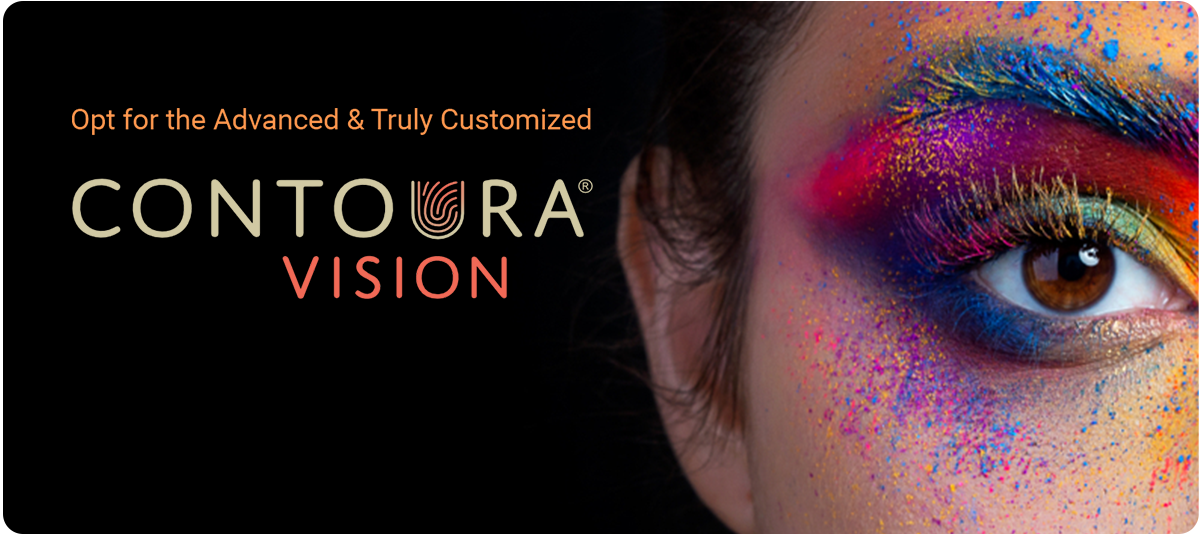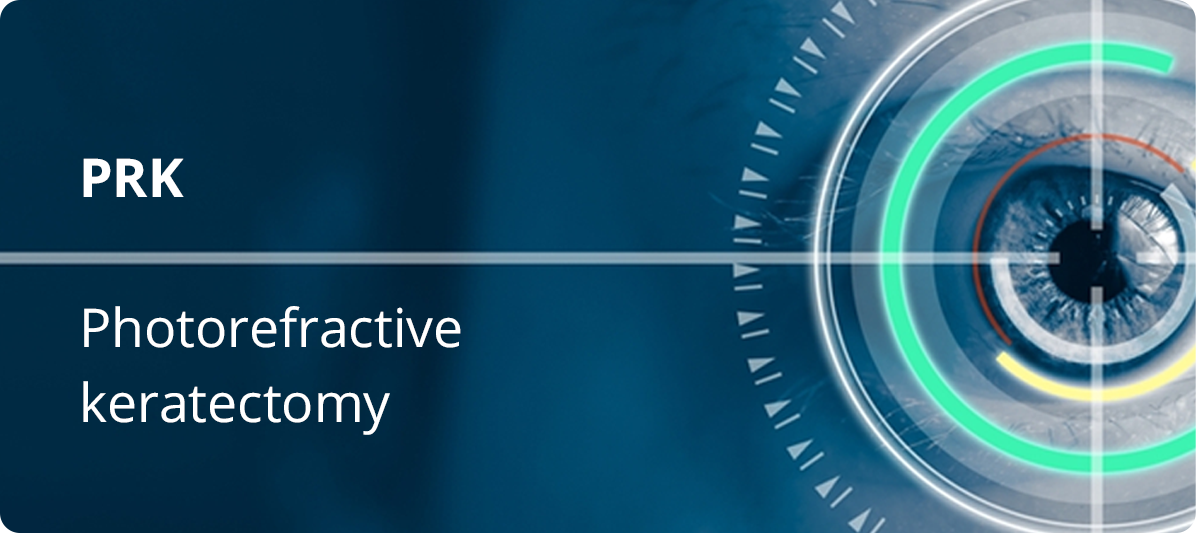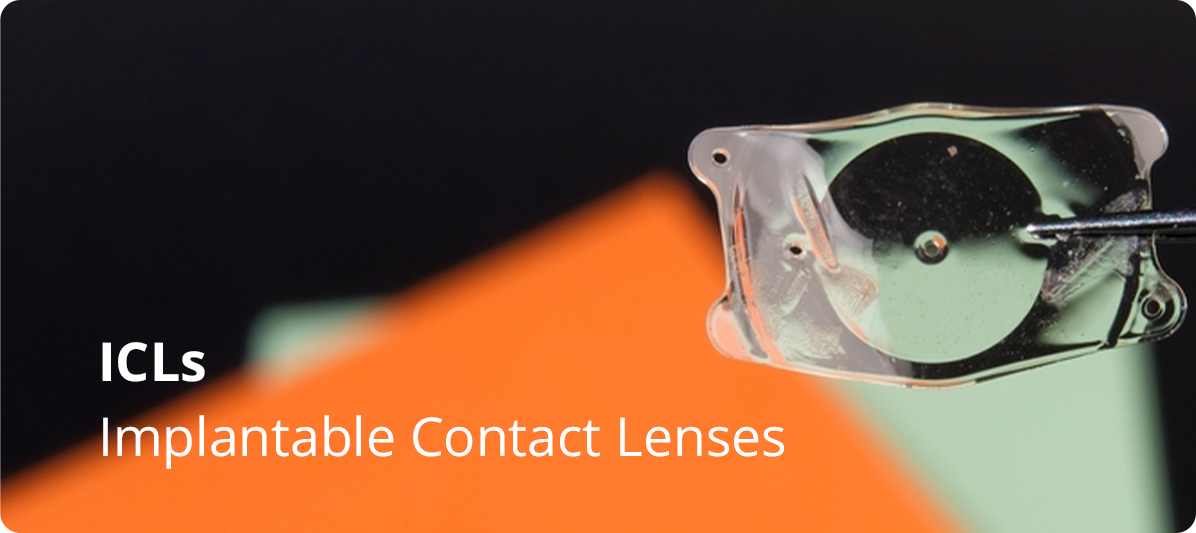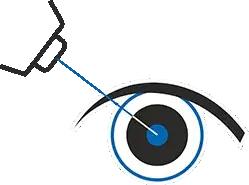 LASIK (Laser-Assisted In Situ Keratomileusis): LASIK is a popular and widely performed refractive surgery. It involves creating a thin flap on the cornea using a microkeratome or femtosecond laser. The underlying corneal tissue is then reshaped using an excimer laser, and the flap is repositioned. LASIK can correct myopia, hyperopia, and astigmatism.
LASIK (Laser-Assisted In Situ Keratomileusis): LASIK is a popular and widely performed refractive surgery. It involves creating a thin flap on the cornea using a microkeratome or femtosecond laser. The underlying corneal tissue is then reshaped using an excimer laser, and the flap is repositioned. LASIK can correct myopia, hyperopia, and astigmatism.
PRK (photorefractive keratectomy): PRK is another laser eye surgery that reshapes the cornea. Instead of creating a corneal flap like in LASIK, the outer layer of the cornea (epithelium) is removed entirely. The excimer laser then sculpts the cornea to correct the refractive error. PRK is often chosen for individuals with thinner corneas or other corneal issues.
SMILE (Small Incision Lenticule Extraction): SMILE is a newer form of laser eye surgery that involves creating a small incision in the cornea to remove a lenticule of tissue, reshaping the cornea in the process. This procedure is minimally invasive and may have a faster recovery time compared to LASIK.
LASER (Laser Epithelial Keratomileusis): LASEK combines elements of both LASIK and PRK. Like PRK, it involves the removal of the outer layer of the cornea (epithelium), but a thinner flap is created and repositioned after the laser reshaping, like LASIK.
Refractive Lens Exchange (RLE): RLE is a procedure where the eye's natural lens is replaced with an artificial intraocular lens (IOL). This is often done to correct high degrees of near-sightedness or farsightedness or to address presbyopia (age-related loss of near vision).
Phakic intraocular lenses (IOLs): Instead of removing the natural lens, phakic IOLs are implanted in addition to the eye's natural lens. These lenses can be used to correct refractive errors, especially in individuals with very high degrees of myopia or hyperopia.






 LASIK (Laser-Assisted In Situ Keratomileusis): LASIK is a popular and widely performed refractive surgery. It involves creating a thin flap on the cornea using a microkeratome or femtosecond laser. The underlying corneal tissue is then reshaped using an excimer laser, and the flap is repositioned. LASIK can correct myopia, hyperopia, and astigmatism.
LASIK (Laser-Assisted In Situ Keratomileusis): LASIK is a popular and widely performed refractive surgery. It involves creating a thin flap on the cornea using a microkeratome or femtosecond laser. The underlying corneal tissue is then reshaped using an excimer laser, and the flap is repositioned. LASIK can correct myopia, hyperopia, and astigmatism.

















